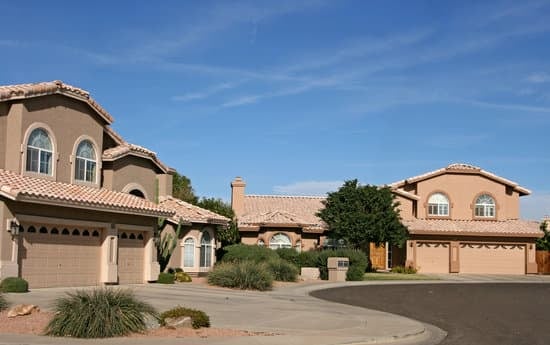Do You Need a Special Thermostat for a Geothermal System?
Geothermal systems have become a popular and energy-efficient way to heat and cool homes. These systems utilize the earth’s constant temperature to provide heating and cooling functions, making them more efficient than traditional HVAC systems. However, to manage your geothermal system effectively, you need to ensure that your thermostat is compatible with it. This article will discuss the importance of a heat pump compatible thermostat for geothermal systems, the benefits of using a compatible thermostat, and how to choose and install the right thermostat for your system.Understanding Geothermal Heating and Cooling Systems
Geothermal HVAC systems work by taking advantage of the earth’s constant temperature to provide heating and cooling for homes. These systems utilize a network of pipes, buried underground, that circulate water mixed with antifreeze liquid. As the mixture moves through the pipes, it absorbs the earth’s stable temperature, which is around 55 degrees Fahrenheit. The mixture then moves into a heat pump located inside your home, where the heat is transferred to your home’s heating system. During the summer, the system reverses, and the heat is pumped out of your home to provide cooling.Why a Heat Pump Compatible Thermostat is Necessary for Geothermal Systems
Since geothermal systems work by heat transfer, they require a thermostat that can interact effectively with the system’s heat pump. A heat pump compatible thermostat is necessary since it can help regulate the temperature and ensure that your geothermal system operates efficiently by regulating the amount of heat transfer. A heat pump compatible thermostat can interact with the heating system to shut off the heat pump when the set temperature is reached, thereby saving energy and reducing your energy bill.Benefits of Using a Compatible Thermostat for Geothermal Systems
Using a heat pump compatible thermostat has many benefits for geothermal systems. Some of these benefits include:- Energy Efficiency: A compatible thermostat will ensure that the system operates at its most efficient level, leading to greater energy savings in the long run.
- Improved Comfort: A compatible thermostat can provide better temperature control, ensuring that your home stays comfortable throughout the year.
- Remote Access: Many compatible thermostats allow you to control your system remotely, giving you greater flexibility and convenience.
- Reduced Wear and Tear: A compatible thermostat can help extend the lifespan of your geothermal system by reducing the wear and tear on the heat pump.
How to Choose the Right Thermostat for Your Geothermal System
When choosing a thermostat for your geothermal system, there are several factors to consider. These include:- Compatibility: Ensure that the thermostat is compatible with your geothermal system’s heat pump.
- Features: Consider the features that you need, such as remote access and programmable settings.
- User Interface: Choose a thermostat with an easy-to-use interface that is easy to read and operate.
- Budget: Consider the cost of the thermostat and weigh it against its features and benefits to ensure that you get the best value for your money.
Installation of a Heat Pump Compatible Thermostat for Your Geothermal System
Installing a heat pump compatible thermostat for your geothermal system is relatively simple. However, it is always best to consult your geothermal installer or HVAC technician if you are unsure. Generally, the steps are as follows:- Turn off the power to your geothermal system and remove the old thermostat.
- Mount the new thermostat on the wall and connect the wiring to the corresponding terminals.
- Turn on the power and follow the thermostat’s instructions for setup and calibration.
Maintenance of a Heat Pump Compatible Thermostat for Your Geothermal System
To ensure that your heat pump compatible thermostat operates effectively, there are a few maintenance tasks that you should carry out. These include:- Cleaning: Wipe the thermostat screen regularly with a soft cloth to remove any dust or debris.
- Changing Batteries: If your thermostat is not hardwired, replace the batteries regularly, especially during seasonal changes.
- Calibration: Check the thermostat settings periodically to ensure that they are aligned with your preferences and the geothermal system is operating efficiently.
Troubleshooting Tips for Your Geothermal Thermostat
If you experience any issues with your geothermal thermostat, follow these tips to troubleshoot the problems:- Check Power: Ensure that the thermostat has power or batteries and that the geothermal system’s power is turned on.
- Check Wires: Check that the wiring is correctly connected and that there are no loose or disconnected wires.
- Check the Settings: Review the thermostat settings to ensure that they are correct and that the geothermal system is operating correctly.
- Consult a Professional: If you are unsure or cannot troubleshoot the problem, consult your geothermal installer or an HVAC technician for assistance.






















